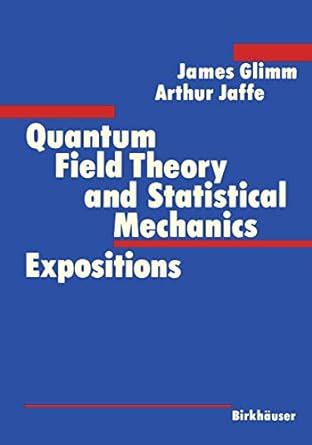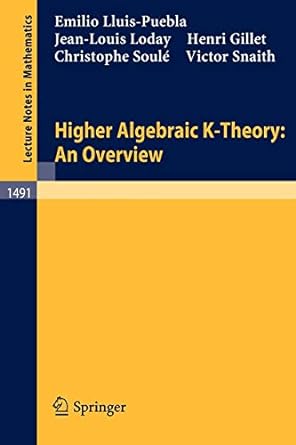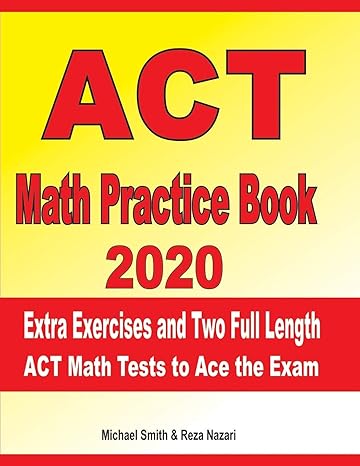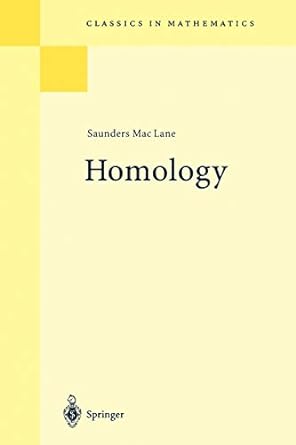Go back


Quantum Field Theory And Statistical Mechanics Expositions(1st Edition)
Authors:
James Glimm ,Arthur Jaffe

Cover Type:Hardcover
Condition:Used
In Stock
Shipment time
Expected shipping within 2 DaysPopular items with books
Access to 30 Million+ solutions
Free ✝
Ask 50 Questions from expert
AI-Powered Answers
✝ 7 days-trial
Total Price:
$0
List Price: $54.99
Savings: $54.99(100%)
Solution Manual Includes
Access to 30 Million+ solutions
Ask 50 Questions from expert
AI-Powered Answers
24/7 Tutor Help
Detailed solutions for Quantum Field Theory And Statistical Mechanics Expositions
Price:
$9.99
/month
Book details
ISBN: 0817632751, 978-0817632755
Book publisher: Birkhauser
Get your hands on the best-selling book Quantum Field Theory And Statistical Mechanics Expositions 1st Edition for free. Feed your curiosity and let your imagination soar with the best stories coming out to you without hefty price tags. Browse SolutionInn to discover a treasure trove of fiction and non-fiction books where every page leads the reader to an undiscovered world. Start your literary adventure right away and also enjoy free shipping of these complimentary books to your door.
Book Summary: This volume contains a selection of expository articles on quantum field theory and statistical mechanics by James Glimm and Arthur Jaffe. They include a solution of the original interacting quantum field equations and a description of the physics which these equations contain. Quantum fields were proposed in the late 1920s as the natural framework which combines quantum theory with relativ ity. They have survived ever since. The mathematical description for quantum theory starts with a Hilbert space H of state vectors. Quantum fields are linear operators on this space, which satisfy nonlinear wave equations of fundamental physics, including coupled Dirac, Max well and Yang-Mills equations. The field operators are restricted to satisfy a "locality" requirement that they commute (or anti-commute in the case of fer mions) at space-like separated points. This condition is compatible with finite propagation speed, and hence with special relativity. Asymptotically, these fields converge for large time to linear fields describing free particles. Using these ideas a scattering theory had been developed, based on the existence of local quantum fields.
Customers also bought these books
Frequently Bought Together
Top Reviews for Books
Muhammed shafiqi
( 5 )
"Delivery was considerably fast, and the book I received was in a good condition."










